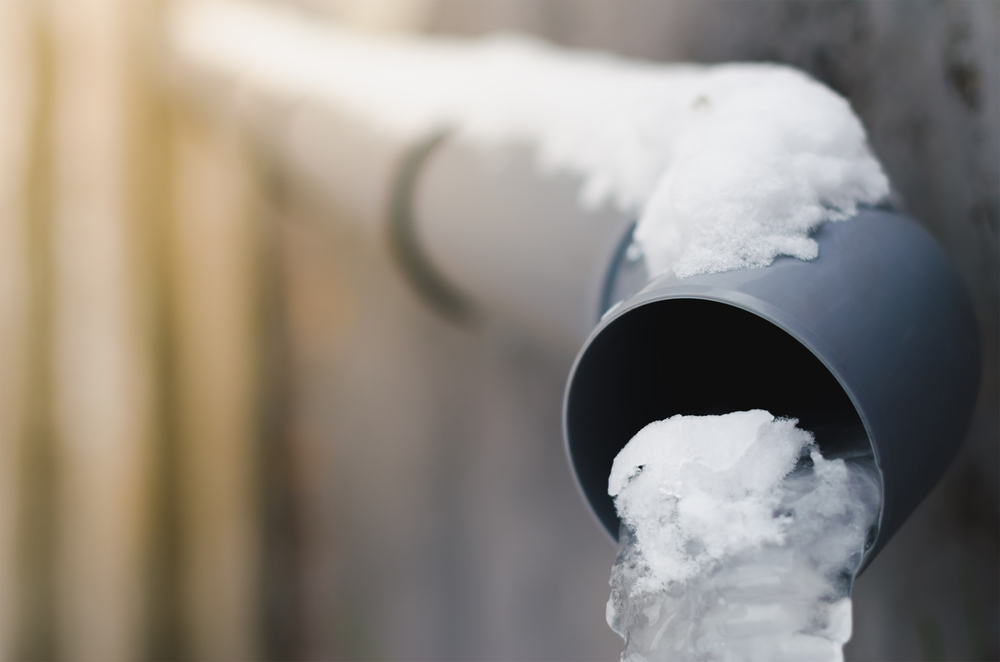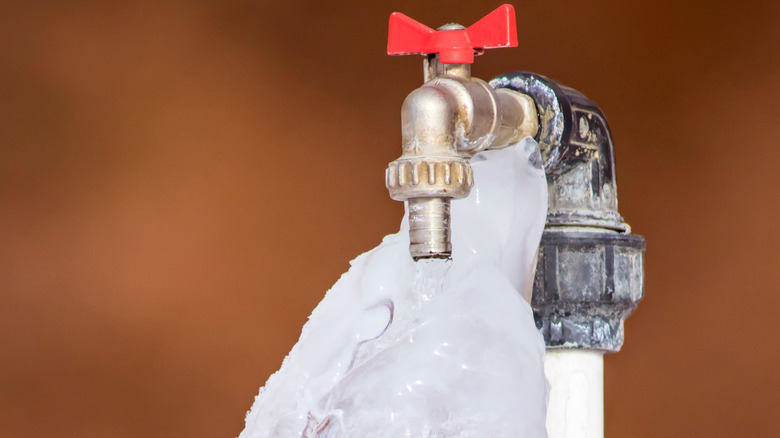Are you currently on the lookout for know-how around How to Prevent Your Pipes From Freezing?

Cold weather can ruin your pipes, particularly by freezing pipes. Right here's exactly how to avoid it from happening and what to do if it does.
Introduction
As temperature levels decline, the danger of icy pipes rises, possibly leading to costly repair services and water damages. Understanding exactly how to avoid icy pipelines is important for house owners in chilly environments.
Understanding Frozen Pipes
What creates pipes to freeze?
Pipes freeze when exposed to temperature levels listed below 32 ° F (0 ° C) for prolonged periods. As water inside the pipelines freezes, it broadens, putting pressure on the pipe wall surfaces and possibly creating them to rupture.
Risks and damages
Frozen pipelines can lead to supply of water disruptions, residential property damage, and expensive fixings. Ruptured pipes can flooding homes and cause substantial structural damages.
Indicators of Frozen Pipes
Determining icy pipes early can avoid them from bursting.
Exactly how to recognize frozen pipelines
Search for lowered water circulation from taps, unusual smells or sounds from pipes, and visible frost on revealed pipes.
Prevention Tips
Shielding vulnerable pipelines
Cover pipes in insulation sleeves or utilize warm tape to safeguard them from freezing temperatures. Concentrate on pipelines in unheated or external locations of the home.
Home heating strategies
Maintain indoor rooms effectively warmed, especially areas with plumbing. Open cabinet doors to allow cozy air to flow around pipelines under sinks.
Protecting Outside Plumbing
Yard hose pipes and outside faucets
Separate and drain pipes yard pipes before winter. Set up frost-proof faucets or cover outside taps with insulated caps.
What to Do If Your Pipes Freeze
Immediate activities to take
If you presume frozen pipelines, maintain faucets open up to alleviate pressure as the ice melts. Utilize a hairdryer or towels taken in hot water to thaw pipelines gradually.
Long-Term Solutions
Structural adjustments
Take into consideration rerouting pipes far from exterior wall surfaces or unheated areas. Add extra insulation to attic rooms, basements, and crawl spaces.
Updating insulation
Purchase high-grade insulation for pipes, attics, and walls. Proper insulation assists maintain consistent temperature levels and lowers the threat of frozen pipes.
Final thought
Stopping frozen pipelines needs aggressive measures and quick responses. By understanding the reasons, indicators, and safety nets, house owners can secure their pipes during cold weather.
5 Ways to Prevent Frozen Pipes
Drain Outdoor Faucets and Disconnect Hoses
First, close the shut-off valve that controls the flow of water in the pipe to your outdoor faucet. Then, head outside to disconnect and drain your hose and open the outdoor faucet to allow the water to completely drain out of the line. Turn off the faucet when done. Finally, head back to the shut-off valve and drain the remaining water inside the pipe into a bucket or container. Additionally, if you have a home irrigation system, you should consider hiring an expert to clear the system of water each year.
Insulate Pipes
One of the best and most cost-effective methods for preventing frozen water pipes is to wrap your pipes with insulation. This is especially important for areas in your home that aren’t exposed to heat, such as an attic. We suggest using foam sleeves, which can typically be found at your local hardware store.
Keep Heat Running at 65
Your pipes are located inside your walls, and the temperature there is much colder than the rest of the house. To prevent your pipes from freezing, The Insurance Information Institute suggests that you keep your home heated to at least 65 degrees, even when traveling. You may want to invest in smart devices that can keep an eye on the temperature in your home while you’re away.
Leave Water Dripping
Moving water — even a small trickle — can prevent ice from forming inside your pipes. When freezing temps are imminent, start a drip of water from all faucets that serve exposed pipes. Leaving a few faucets running will also help relieve pressure inside the pipes and help prevent a rupture if the water inside freezes.
Open Cupboard Doors
Warm your kitchen and bathroom pipes by opening cupboards and vanities. You should also leave your interior doors ajar to help warm air circulate evenly throughout your home.

As an enthusiastic reader on Prevent Frozen Pipes , I thought sharing that excerpt was worth the trouble. Are you aware of somebody else who is intrigued by the subject? Be sure share it. I take joy in reading our article about Preventing and dealing with frozen pipes.
Book Instantly